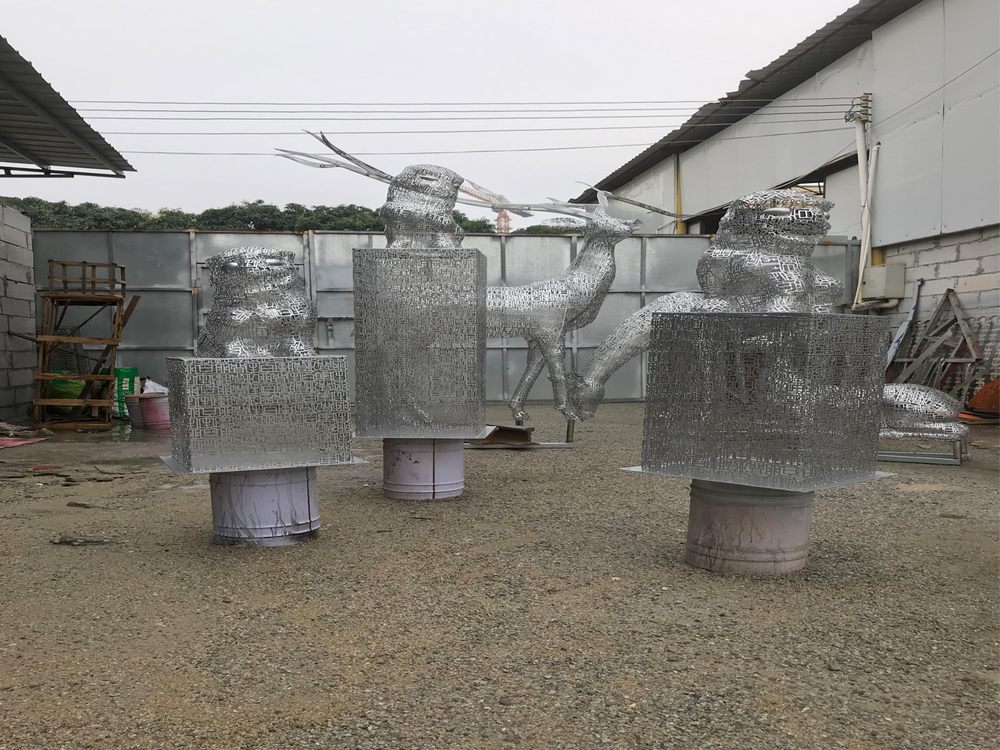
Stone sculptures exposed to outdoor environments face significant threats from freeze-thaw cycles, which can cause cracking, spalling, and structural damage over time. To safeguard these artworks, several proven strategies can be implemented.
1. Apply Protective Sealants: Use penetrating sealers specifically designed for stone, such as silane or siloxane-based products, to create a water-repellent barrier without altering the sculpture's appearance. Reapply every 3–5 years.
2. Ensure Proper Drainage: Install sculptures on elevated bases or sloped surfaces to prevent water pooling. Incorporate gravel beds or French drains to redirect moisture away from the stone.
3. Select Frost-Resistant Materials: For new sculptures, opt for dense, low-porosity stones like granite or basalt, which withstand temperature fluctuations better than softer limestone or sandstone.
4. Winter Coverings: Use breathable, waterproof covers during freezing months to shield sculptures from direct moisture exposure while allowing trapped vapor to escape.
5. Regular Cleaning: Remove biological growth (moss, lichen) and debris that retain moisture, using gentle methods like soft brushes and pH-neutral cleaners.
6. Microclimate Control: Position sculptures in sheltered areas with windbreaks or partial shade to reduce extreme temperature swings.
By combining these methods, artists and conservators can significantly extend the lifespan of outdoor stone sculptures in cold climates. Proactive maintenance and material selection remain key to preventing irreversible freeze-thaw damage.

